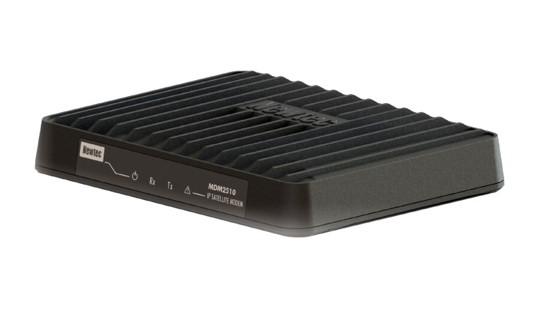No products in the cart.
Very Small Aperture Terminal (VSAT) systems operate within specific frequency bands, namely C, Ku, and Ka bands, each catering to distinct communication needs. Let’s delve into the characteristics of these bands:
C Band:
- Uplink frequency range: 5.925 to 6.425 GHz
- Downlink frequency range: 3.700 to 4.200 GHz
Ku Band:
- Uplink frequency range: 14.000 to 14.500 GHz
- Downlink frequency range: 10.950 to 11.700 GHz
These frequency bands serve a diverse range of VSAT applications, encompassing both narrowband and broadband data transmission. Narrowband applications include point-of-sale transactions, polling, and RFID data transmission. On the other hand, broadband services utilize satellite communication for applications such as satellite Internet access, Voice over Internet Protocol (VoIP), and video communication.
VSATs, functioning as pivotal components, play a critical role in establishing connectivity for remote locations. Their ability to facilitate high-speed data exchange through satellite communication hubs underscores their significance in modern communication networks. In essence, VSAT systems contribute significantly to bridging connectivity gaps and enabling seamless communication across geographically dispersed areas.



 العربية
العربية Français
Français Português
Português گؤنئی آذربایجان
گؤنئی آذربایجان Türkçe
Türkçe Lietuviškai
Lietuviškai Español
Español Русский
Русский



